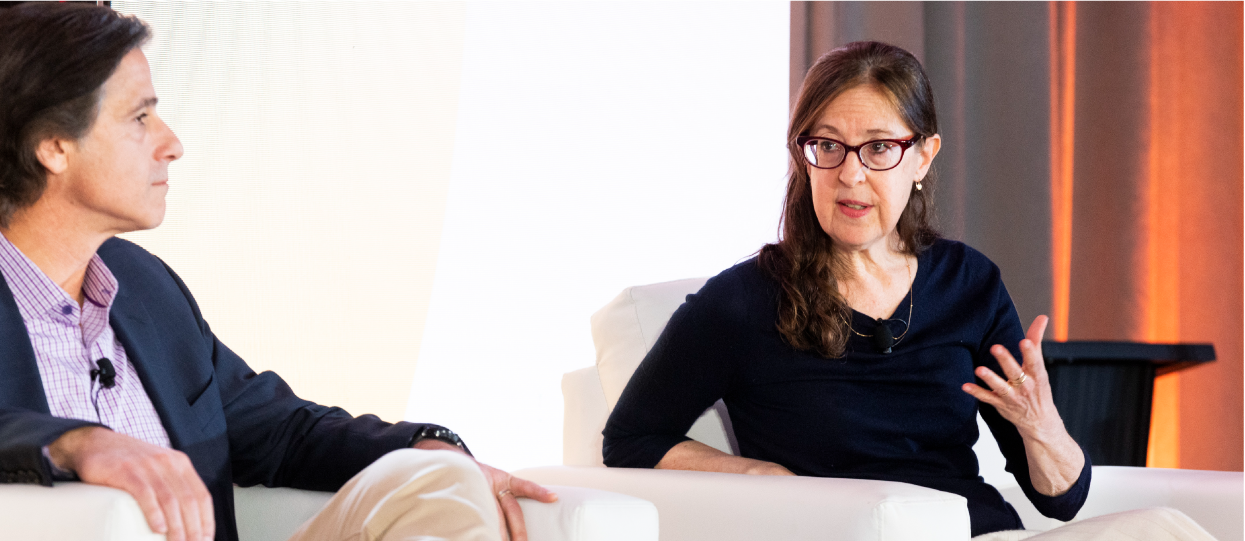Newest Diet, Meals & Recipes Information
By Alan Mozes HealthDay Reporter
THURSDAY, Could 12, 2022 (HealthDay Information)
Is there a solution to make consuming out extra environmentally pleasant? A staff of German researchers thinks the reply is a shiny inexperienced sure.
They’d like eating places to supply menus that clearly label the environmental influence — or “carbon footprint” — of particular meal choices.
“Within the broadest sense, we requested how restaurant house owners can contribute to the wrestle towards the local weather disaster with some form of ‘delicate measure’ that doesn’t require altering their dish affords,” defined examine creator Benedikt Seger. He is a postdoctoral analysis scientist with the Division of Psychology at Julius Maximilian College of Würzburg.
For instance, a salad that comes with beef can be labeled “excessive emission.” That might imply the meal generates the next carbon footprint — maybe within the vary of two and even 3 kilograms of carbon dioxide (CO2) — and is subsequently much less environmentally pleasant.
Alternatively, a vegan spaghetti dish can be labeled “low emission.” It might subsequently be greener, in that it’d produce simply 130 grams of CO2.
This data may do so much to sway diners’ restaurant decisions.
Of their examine, investigators put collectively 9 menus in all, reflecting what Seger referred to as “a broad vary of restaurant sorts” that included Chinese language, Italian and Indian dishes, alongside American-style burgers.
The menus had been supplied to only over 250 volunteer diners in an internet simulation of an consuming out expertise, that means no precise consuming was concerned.
In some instances the menus got here with a twist: default meals the client may modify to be roughly inexperienced, with the addition (or elimination) of elements like beef, poultry or falafel.
The end result, stated Seger, was a giant environmental win.
“On common,” he famous, “the default ‘switches’ lowered carbon emissions by 300 grams CO2 per dish. And the labels lowered the emissions by a median 200 grams CO2 per dish.”
Seger acknowledged that the alternatives clients may make when supplied related menus in a real-world setting is perhaps completely different, as “there will probably be many different components that affect the choice, together with the presence of different visitors and the sight and odor of what they’ve ordered,” he stated.
“However, these clear outcomes are fairly encouraging,” Seger stated. The findings “present that many individuals are prepared to contemplate the local weather disaster of their on a regular basis choices, even in contexts the place they solely need to have a pleasant time and revel in their meal.”
Seger famous that for this to work, eating places might want to “take their probabilities and redesign their menus.”
Lona Sandon is program director of scientific diet with the Faculty of Well being Professions at UT Southwestern Medical Heart in Dallas. She advised that as a sensible matter the inexperienced menu strategy is more likely to meet with blended outcomes.
“It should actually make an ideal advertising and marketing device for some eating places,” Sandon stated. “I can see some would bounce proper on board with this.”
And amongst shoppers, “there will probably be some that suppose that is nice and use it to make decisions,” she added.
On the identical time, nonetheless, Sandon famous that “others will ignore it simply as they ignore the calorie and fats data.” And even with each eating places and shoppers on board, there would be the concern of precisely methods to decide what a selected meal’s carbon footprint actually is.
“The meals system may be very complicated,” Sandon stated. “And the inputs that go into producing and processing a meals merchandise varies significantly, and can rely on the place it’s coming from, and the grower’s personal practices and talent to restrict greenhouse gasoline manufacturing.”
For instance, “rising zucchini versus beef cattle might seem to make use of much less assets, and end in much less methane gasoline on the floor,” she stated.
“Nonetheless, one should take into account all of the assets that go into transporting the vegetable to a packing and processing plant, and the steps concerned in transporting — boat, aircraft, prepare or truck– the completed product — recent, frozen, chopped or prewashed — to the restaurant to finish up on your plate,” Sandon stated.
Except for a menu redesign, Sandon advised there are different methods to strategy consuming out in an environmentally accountable method.
“Personally, I’d be extra curious about understanding what a restaurant is doing to handle waste and scale back overuse of assets quite than the carbon footprint numbers on a menu,” she stated.
And, Sandon added, shoppers have already got a lot of proactive choices, starting from strolling to the restaurant quite than driving; selecting smaller meal parts; avoiding over-ordering, and making an effort to all the time carry house leftovers.

QUESTION
In keeping with the USDA, there is no such thing as a distinction between a “portion” and a “serving.”
See Reply
The findings seem within the Could 11 concern of PLOS Local weather.
Extra data
There’s extra on sustainable consuming at Harvard Faculty of Public Well being.
SOURCES: Benedikt T. Seger, PhD, postdoctoral analysis scientist, Division of Psychology, Julius Maximilian College, Würzburg, Germany; Lona Sandon, PhD, RDN, LD, program director and affiliate professor, Division of Scientific Diet, Faculty of Well being Professions, UT Southwestern Medical Heart, Dallas; PLOS Local weather, Could 11, 2022

Copyright © 2021 HealthDay. All rights reserved.
















